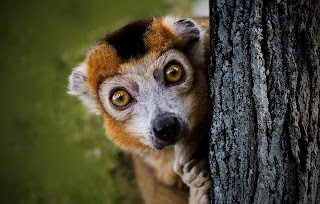All About Tigers

The continental tiger (Panthera tigris tigris) and the Sunda tiger (Panthera tigris tigris) are the two recognised subspecies of tiger* (Panthera tigris sondaica). Tigers, the largest of all Asian big cats, hunt mostly by sight and sound rather than scent. They usually hunt alone, stalking their prey. A tiger can eat up to 80 pounds of meat in one sitting. Every two years, tigers give birth to two to four cubs on average. If all of the cubs in one litter die, a new litter could be born in five months. Female tigers reach sexual maturity at the age of three or four years, whereas males reach sexual maturity at the age of four or five years. However, juvenile mortality is high—roughly half of all cubs die before they reach the age of two. In the wild, tigers have been known to live up to 20 years. Males of the continental tiger, the largest subspecies, can weigh up to 660 pounds. The highest limit for males of the lesser subspecies, the Sunda tiger, is roughly 310 pounds. Males ...





